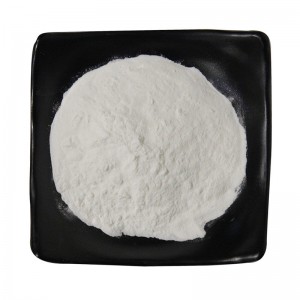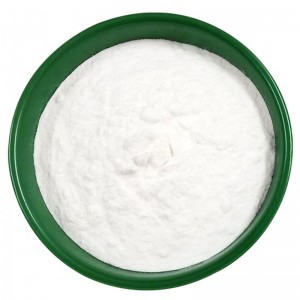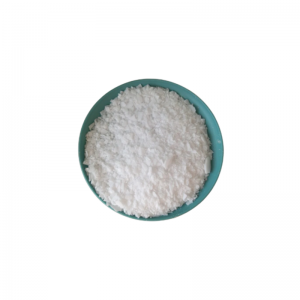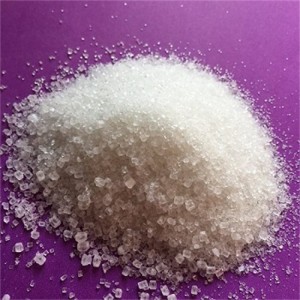
products
High Quality L-Glutathione Reduced CAS 70-18-8 for Skin Care Glutathione
Product details
MF: C10H17N3O6S
MW: 307.32
CAS: 70-18-8
1.Glutathione is a tripeptide compound condensed by glutamic acid, cysteine and glycine through peptide bonds. It is the most important low molecular mercaptan in mammalian cells under antioxidant stress.
2.Glutathione (GSH) is a tripeptide compound formed by the condensation of glutamic acid, cysteine and glycine through peptide bonds. Its chemical name is γ- The structural formula of l-glutamyl-l-cysteyl-glycine is shown in figure 1chemicalbook. According to the structural formula in the figure, GSH is different from other peptides and proteins. There is a special peptide bond in its molecule, which is made of glutamic acid γ- Carboxyl (- COOH) and cysteine α- Peptide bond formed by condensation of amino – (- NH2).
3.The molecular weight of glutathione is 307.33, the melting point is 189 ~ 193 ℃ (decomposition), the crystal is colorless, transparent, slender column, and the isoelectric point is 5.93. It is soluble in water, dilute alcohol, liquid ammonia and methyl formamide, but insoluble in alcohol, ether and acetone. Only GSH has physiological activity in organism, and GSSG can play its important physiological function after reduction. GSH is not easy to store under high water activity, and it can be stored stably for a long time only when the water activity is controlled below 0.3. Studies have shown that in the vitamin ccchemicalbook aqueous solution containing GSH (ph3.3), due to the strong reduction of vitamin C, GSH in the solution will not be oxidized to GSSG, but its decomposition speed is accelerated; GSSG in vitamin C aqueous solution will not be transformed into GSH, and its storage stability is very good. Moreover, GSSG ingested by mouth can be reduced to GSH in the upper part of the small intestine, and the surface of small intestinal epithelial cells γ- GTP (which decomposes GSH into glutamic acid and Cys Gly) and dipeptidase can also play its important physiological functions.
4.Glutathione widely exists in animals and plants, and its content in baker’s yeast, wheat germ and animal liver is very high, up to 100 ~ 1000mg/100g; It is also rich in human and animal blood, such as 26chemicalbook ~ 34mg/100g in human blood, 58 ~ 73mg/100g in chicken blood, 10 ~ 15mg/100g in pig blood and 14 ~ 22mg/100g in dog blood. GSH is also found in many vegetables, potatoes and grains.
Application
1.Reduced glutathione is a small molecule peptide, which exists in large quantities in organisms, especially in liver cells. It can protect liver cell membrane, promote liver enzyme activity, and combine with many toxic chemicals in chemicalbook to detoxify. It has a good effect on liver injury, liver cirrhosis and other diseases caused by drug poisoning, alcoholism and other reasons.
2.It has the functions of antioxidation, scavenging free radicals, detoxification, enhancing immunity, delaying aging, anti-cancer, anti radiation damage and so on.
3.Biochemical reagents and antidotes are mainly used for poisoning of heavy metals, acrylonitrile, fluoride, carbon monoxide and organic solvents.
4.Endogenous antioxidants that play an important role in the reduction of reactive oxygen species formed during cell metabolism and sudden respiration. Glutathione-S-transferase catalyzes the formation of glutathione sulfide with xenobiotics, leukotrienes and other molecules with electrophilic centers. Glutathione also forms disulfide bonds with cysteine residues in proteins. Through these mechanisms, it can have a strange effect of reducing the efficacy of anticancer agents.
















